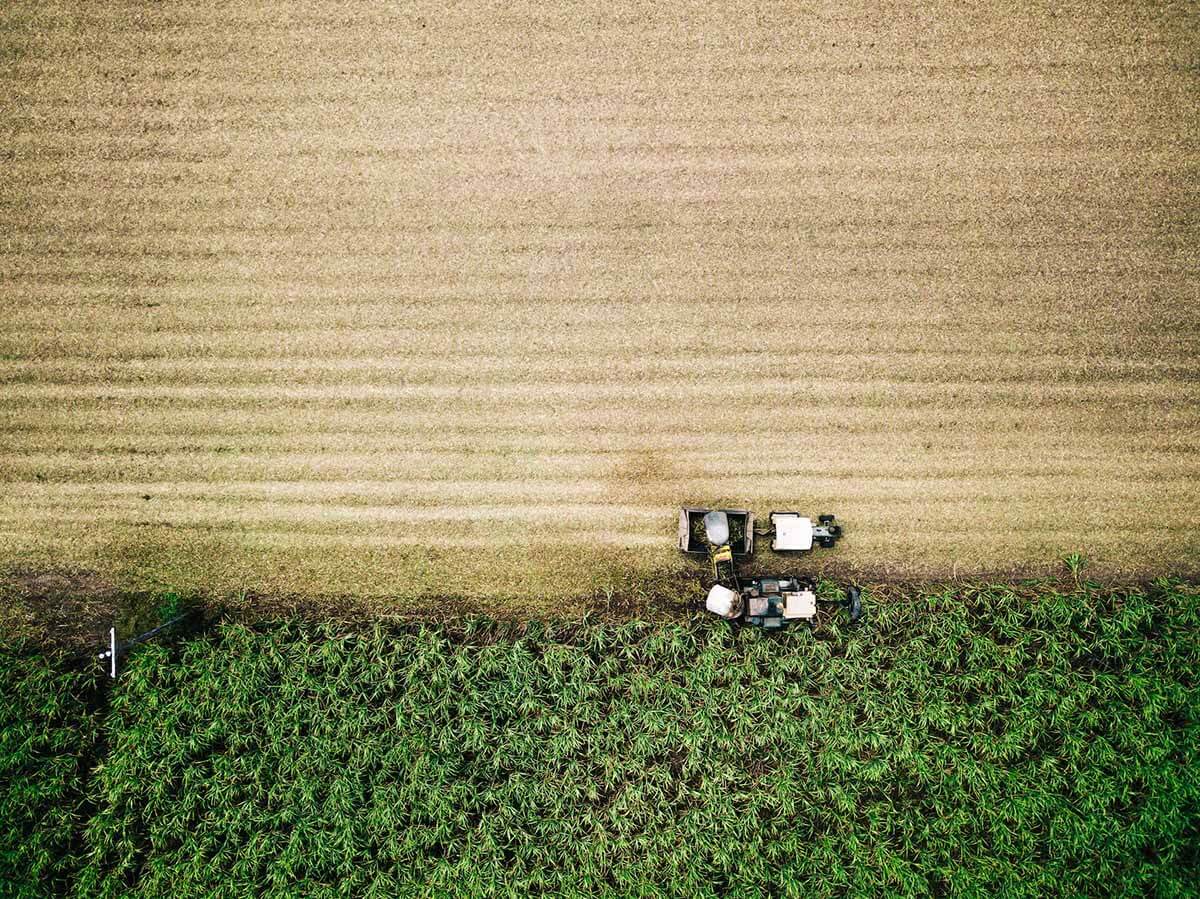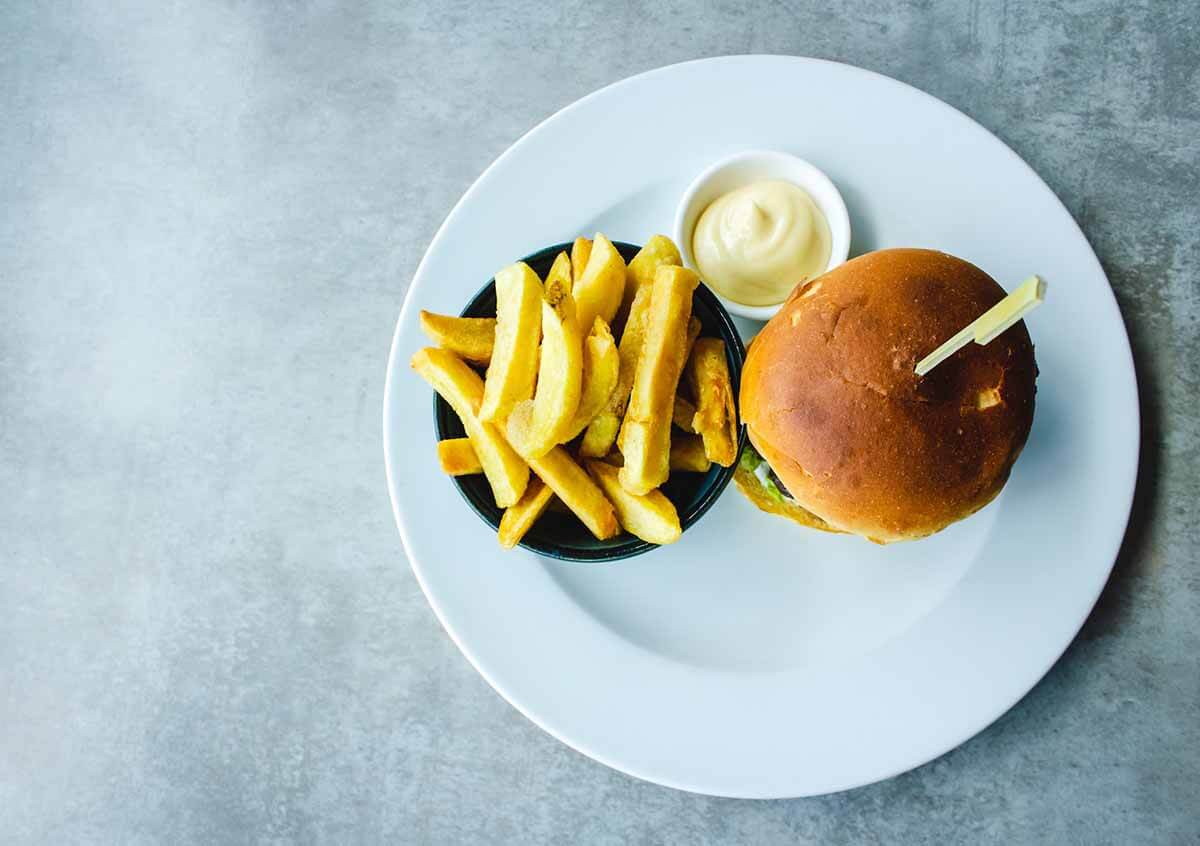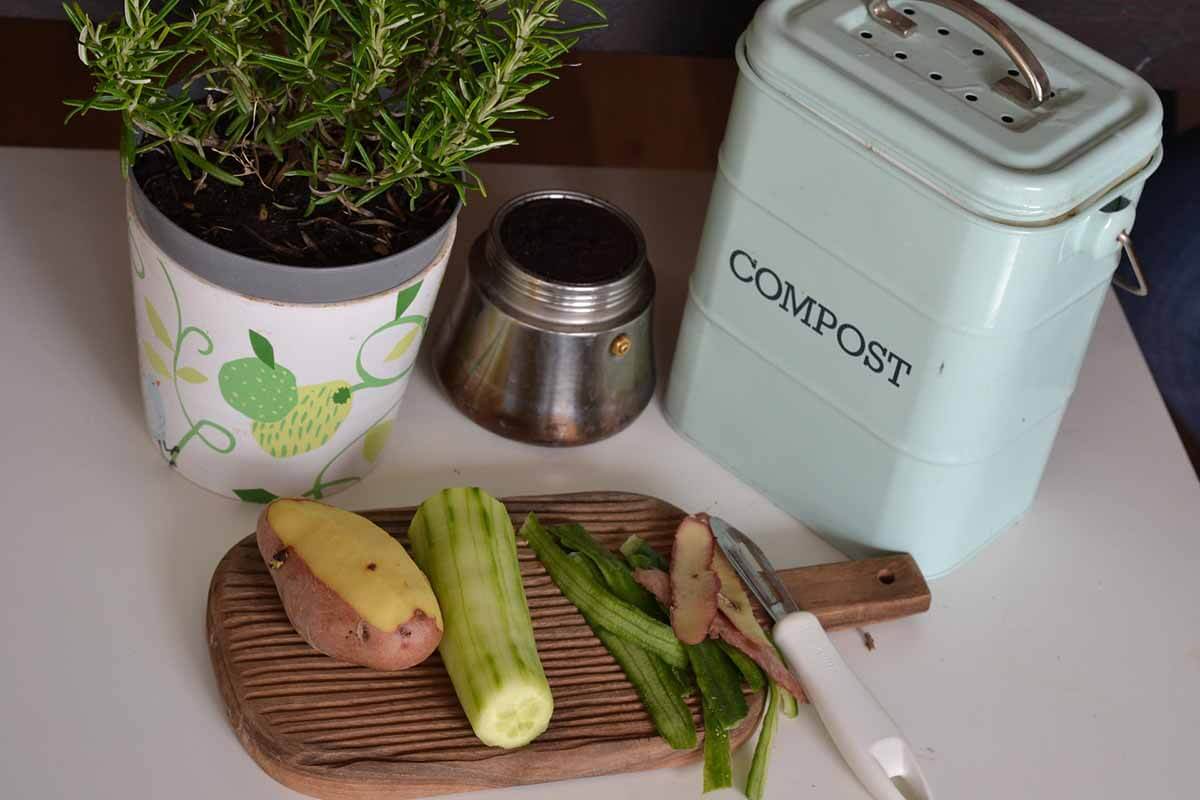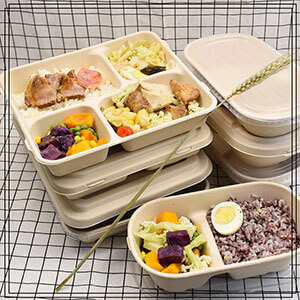In today’s world, there is a growing consciousness about the environmental impact of our daily choices. From the products we use to the food we consume, people are increasingly seeking eco-friendly alternatives to reduce their carbon footprint. When it comes to serving solutions, the demand for sustainable options is on the rise. One such solution that has gained popularity is the use of bagasse condiment cups.
Bagasse, derived from the fibrous residue left after sugarcane processing, offers a remarkable eco-friendly advantage. As a renewable and compostable material, bagasse provides a sustainable alternative to traditional plastic or Styrofoam containers. By choosing bagasse condiment cups, individuals and businesses can make a significant positive impact on the environment.
The benefits of bagasse extend beyond its ecological value. These cups are not only sturdy but also resistant to grease and liquids, making them an ideal choice for serving a wide range of condiments, sauces, dips, and toppings. Bagasse cups can handle hot and cold items, ensuring the satisfaction of both businesses and consumers.
By opting for bagasse condiment cups, you can showcase your commitment to sustainability, reduce waste, and contribute to a greener future. In the following sections, we will delve deeper into the features, advantages, and versatile applications of bagasse cups, enabling you to make an informed choice for eco-friendly serving solutions.
What is Bagasse?

Bagasse is a fibrous byproduct that remains after the extraction of juice from sugarcane. It is essentially the dry pulpy residue that is left behind. Instead of being discarded as waste, bagasse has found a valuable purpose as an eco-friendly material for various products, including condiment cups.
One of the key qualities that make bagasse an eco-friendly choice is its biodegradability. Unlike plastic or Styrofoam, which can persist in the environment for hundreds of years, bagasse is easily broken down by natural processes. When disposed of in appropriate composting facilities, bagasse products can decompose and return to the earth, minimizing their impact on landfills and the environment.
Furthermore, bagasse is derived from a renewable source: sugarcane. Sugarcane is a fast-growing crop that can be harvested multiple times, making it a sustainable resource. By utilizing bagasse, we are reducing dependence on non-renewable resources and helping to conserve forests and natural habitats.
Bagasse condiment cups exemplify the eco-friendly qualities of bagasse. Not only are they derived from a renewable source, but they are also biodegradable. This means that after their useful life, they can be composted, returning valuable nutrients back to the soil and completing the natural cycle.
By choosing bagasse condiment cups, you can be confident that you are making a sustainable choice. These cups not only serve their intended purpose effectively but also minimize environmental harm, offering a greener alternative to traditional disposable serving solutions.
Bagasse Condiment Cups: Features and Advantages

Bagasse condiment cups offer a range of features that make them a reliable and eco-friendly choice for serving condiments. Here are some key features to consider:
Sturdiness: Bagasse cups are designed to be durable and robust, ensuring they can withstand the rigors of serving condiments without compromising their structural integrity. They maintain their shape even when filled with heavy or saucy condiments, providing a reliable and mess-free serving experience.
Resistance to Grease and Liquids: Bagasse cups have excellent resistance to grease and liquids. This means they won’t become soggy or leak when in contact with sauces, oils, or dressings, ensuring that the condiments stay contained and the cup remains intact.
Heat Tolerance: Bagasse cups are capable of handling hot condiments without warping or losing their shape. This makes them suitable for serving warm sauces, soups, or other hot condiments, providing convenience and versatility in various food service settings.
Now, let’s delve into the advantages of using bagasse condiment cups:
Compostability: One of the significant advantages of bagasse cups is their compostability. When disposed of in a commercial composting facility or a home composting system, bagasse cups will naturally break down over time, returning to the soil as organic matter. This composting process helps reduce waste and minimizes the environmental impact associated with traditional plastic or Styrofoam cups.
Reduced Environmental Impact: By opting for bagasse condiment cups, you actively contribute to reducing your ecological footprint. Bagasse is derived from a renewable resource, sugarcane, which reduces the reliance on fossil fuel-based materials. Choosing bagasse cups helps conserve natural resources, protect ecosystems, and mitigate the harmful effects of plastic waste on the environment.
Enhanced Brand Image: Using bagasse cups can positively impact the brand image of businesses. By demonstrating a commitment to sustainability, businesses show their customers that they prioritize environmentally friendly practices. This can resonate with eco-conscious consumers who actively seek out businesses that align with their values. Using bagasse cups can enhance brand reputation, attract socially responsible customers, and foster a positive brand image.
Bagasse condiment cups offer a range of practical features, from sturdiness and resistance to grease and liquids to heat tolerance. Simultaneously, their compostability, reduced environmental impact, and ability to enhance brand image make them a compelling choice for both individuals and businesses looking to make sustainable serving decisions.
Versatility in Serving and Storage

Bagasse condiment cups offer remarkable versatility in serving and storage, making them suitable for a wide range of settings and applications. Here’s a closer look at their versatility and how they can be used:
Commercial Settings:
Restaurants and Cafes: Bagasse cups are ideal for serving condiments, sauces, dips, and toppings in restaurants and cafes. From ketchup and mustard to salad dressings and salsa, these cups can securely hold a variety of condiments, ensuring a mess-free dining experience for customers.
Catering and Events: Bagasse cups are also commonly used in catering services and outdoor events. They can be utilized to serve individual portions of condiments, allowing guests to customize their meals conveniently. Whether it’s a wedding reception, a food truck event, or a picnic, bagasse cups provide a practical and sustainable solution.
Home Kitchens:
Family Gatherings: Bagasse cups can be employed during family gatherings and parties for serving condiments, such as mayonnaise, BBQ sauce, or relish. Their sturdy construction and resistance to grease and liquids ensure hassle-free serving and minimal cleanup.
Meal Prepping: Bagasse cups are convenient for portioning and storing homemade sauces, dressings, and dips. They can be easily sealed with a lid or covered with cling wrap, allowing for safe storage in the refrigerator.
Organizing and Storage: Bagasse cups can be repurposed for organizing small items in the kitchen. They are ideal for storing spices, herbs, or other ingredients, helping to keep your kitchen tidy and well-organized.
Outdoor Events:
Picnics and Barbecues: Bagasse cups are perfect for outdoor gatherings like picnics and barbecues. They can be used to serve condiments, marinades, or toppings for burgers and hot dogs. Their heat tolerance ensures that hot condiments won’t cause the cups to deform or lose their structural integrity.
Camping and RV Trips: Bagasse cups are lightweight and easily packable, making them an excellent choice for camping and RV trips. They can be used for portioning out condiments or storing small amounts of ingredients, contributing to efficient meal preparation and minimizing waste.
Additionally, the stackability and nesting capabilities of bagasse cups are worth highlighting. When not in use, these cups can be stacked neatly, occupying less storage space. This feature is particularly beneficial for businesses and individuals with limited storage areas, optimizing organization and accessibility.
Compostable and Sustainable Solution

Bagasse condiment cups offer a compostable and sustainable solution for food service. Understanding the composting process, proper disposal methods, and certifications validating their compostability and sustainability is crucial. Here’s a closer look:
Composting Process:
Bagasse condiment cups are designed to break down naturally through the composting process. When disposed of in a commercial composting facility or a home composting system, these cups undergo decomposition, turning into nutrient-rich compost that can be used to enrich soil.
The composting process involves the cups being exposed to heat, moisture, oxygen, and microorganisms. Over time, the bagasse material breaks down, transforming into humus—an organic matter that benefits plant growth.
Proper Disposal:
To ensure proper disposal of bagasse cups, follow these guidelines:
Check local guidelines: Research local waste management regulations to determine if bagasse cups can be composted in your area. Some municipalities have specific guidelines for compostable materials.
Separate from non-compostable waste: Place used bagasse cups in designated compost bins or separate them from regular trash. Avoid mixing them with plastic or other non-compostable materials.
Home composting: If you have a home composting system, cut or shred the bagasse cups into smaller pieces to facilitate faster decomposition. Layer them with other compostable materials, such as yard waste or food scraps, to create a balanced compost pile.
Decomposition Timeline:
The decomposition timeline of bagasse cups can vary depending on the composting conditions, such as temperature, moisture levels, and the composition of the compost pile. Generally, bagasse cups take approximately 3 to 6 months to decompose fully in a well-maintained composting environment. The resulting compost can then be used to enrich soil for gardening or landscaping purposes.
Certifications and Standards:
Bagasse cups can be certified by various organizations to validate their compostability and sustainability. Look for certifications such as:
BPI (Biodegradable Products Institute): The BPI certification ensures that the product meets the standards for compostability in commercial composting facilities.
ASTM D6868: This standard specifies the requirements for compostability and biodegradation of plastics, including bagasse-based products.
EN 13432: A European standard that certifies the compostability of packaging materials, including bagasse cups.
These certifications ensure that bagasse cups meet specific criteria for compostability and sustainability, giving consumers confidence in their eco-friendly attributes.
By opting for bagasse condiment cups, you contribute to reduced waste generation and minimize the environmental impact associated with traditional disposable serving solutions. Proper disposal and adherence to composting guidelines play a crucial role in maximizing the positive environmental benefits of bagasse cups.
Bagasse condiment cups offer a sustainable and versatile solution for reducing our environmental impact. With their eco-friendly qualities, durability, and resistance to grease and liquids, they are an ideal choice for individuals and businesses committed to a greener future.
Want to know more about Biodegradable Packaging for the Environment? Wiki provides you with more info.

John Q
John Q is Eco March’s Product Manager. With 5 years of prior experience in the food industry after graduating from university, he has been an integral part of Eco March. He excels in creating and developing eco-friendly food packaging products with a keen focus on enhancing the consumer experience.


